LEDs, also known as Light Emitting Diodes, have become a universal symbol of modern lighting. They are used in various settings, from homes and offices to retail centers and outdoor spaces. One of the most popular types of LED lighting is strip lights, often referred to as tape lights. Choosing the right power supply for your strip light is crucial to ensure optimal performance and longevity. This comprehensive guide will lead you through the process of selecting the right power supply for your LED strip light.
Understanding LED Strip Lights
LED strip lights are versatile, energy-efficient, and come in various colors and sizes. These lights are commonly used for under-cabinet lighting, accent lighting, and even outdoor lighting. While LED strip lights are popular, they require a specific type of power supply to function correctly.
What are LED Strip Lights?
An LED strip light is a flexible circuit board populated with surface-mounted light-emitting diodes (SMD LEDs) and other components that usually comes with an adhesive backing. They are also known as LED tape lights due to their resemblance to a roll of tape.
Types of LED Strip Lights
LED strip lights come in various types: warm, cold, neutral light LEDs, single-color (RGB) and multi-color (RGB) LEDs, and even ultraviolet (UV) and infrared (IR) LEDs. The type you choose largely depends on your specific lighting needs and aesthetic preferences.
Why Do You Need an LED Power Supply?
LED strip lights operate on low voltage, typically 12VDC or 24VDC, as opposed to the standard 110VAC or 220VAC from your household power supply. Connecting your LED strip light directly to the main power supply will damage the LED strip. Therefore, you need a device known as an LED power supply or LED transformer to convert the high voltage AC from the mains to the low voltage DC required by the LED strip.
Factors to Consider When Choosing an LED Power Supply
Selecting the correct LED power supply for LED strip lights is not a straightforward task. Several factors come into play, and understanding these elements is crucial to making the right choice.
Constant Voltage or Constant Current LED Power Supply?
The type of LED power supply you need depends on the design of your LED strip light. If your LED strip light has built-in current regulators, you'll need a constant voltage power supply. If it doesn't, you'll need a constant current LED power supply.
Wattage
The wattage of the power supply should be at least 20% more than the total wattage of your LED strip light. You can calculate this by multiplying the total wattage of the LED strip light by 1.2.
Voltage
Ensure that the input and output voltage of your LED power supply are correct. The input voltage depends on your country's standard electrical voltage, while the output voltage should match your LED strip light's voltage.
Power Supply Brands
Several brands provide quality power supplies for LED strip lights. Some of the top brands include OSRAM, PHILIPS, TRIDONIC, MEAN WELL, and HEP. Each of these brands has a reputation for producing reliable and efficient power supplies.
Connecting LED Strip Lights to the Power Supply
Connecting your LED strip lights to the power supply involves matching the positive and negative terminals of the strip to the corresponding terminals or leads of the power supply.
Multiple LED Strips on the Same Power Supply
It's possible to connect multiple LED strips to the same power supply, provided that the total wattage of all the LED strip lights doesn't exceed the wattage of the power supply.
Distance Between LED Tape and Power Supply
The distance between your LED strip lights and the power supply can affect the performance of the lights. Longer cables between the power supply and the LED strip lights can lead to voltage drop, which can impact the brightness of the lights.
Installation Tips
Install your power supply in a dry, well-ventilated area to ensure optimal performance and longevity. Moreover, you should aim to use only 80% of your power supply's maximum rated wattage to prevent overheating.
Troubleshooting Common Power Supply Issues
Some common issues with power supplies include incorrect wiring, incorrect voltage, and insufficient power supply wattage. Always ensure correct wiring and make sure your power supply has the correct input and output voltages.
Environmental Impact of LED Lighting
LED lighting is environmentally friendly as it consumes less energy and lasts longer than conventional lighting technologies. Moreover, LEDs don't contain hazardous heavy metals like mercury, making them safe for the environment.
Advantages of LED Lighting
LED lighting offers numerous advantages such as energy efficiency, long lifespan, safety, a wide range of color temperatures and light outputs, small size, and environmental friendliness.


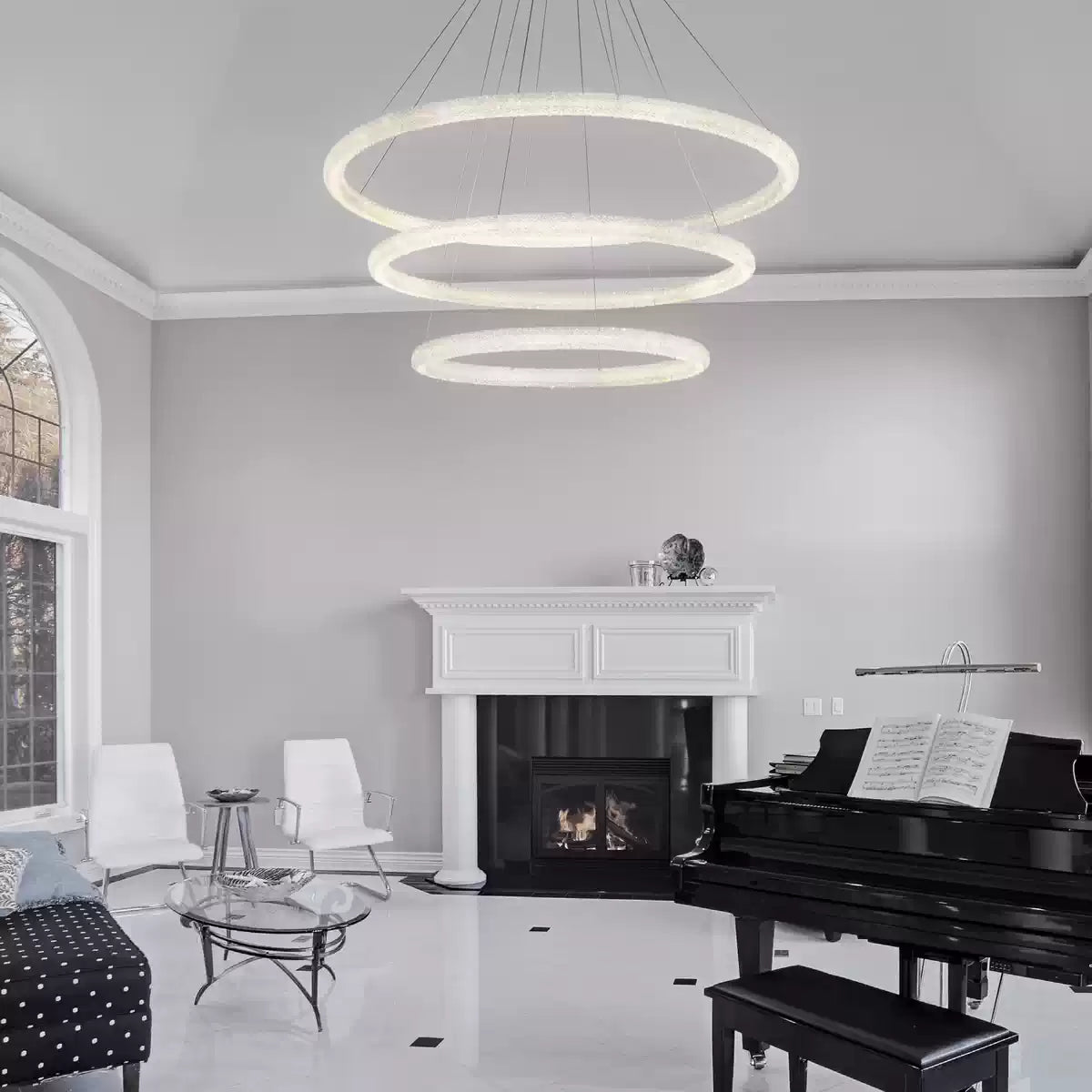
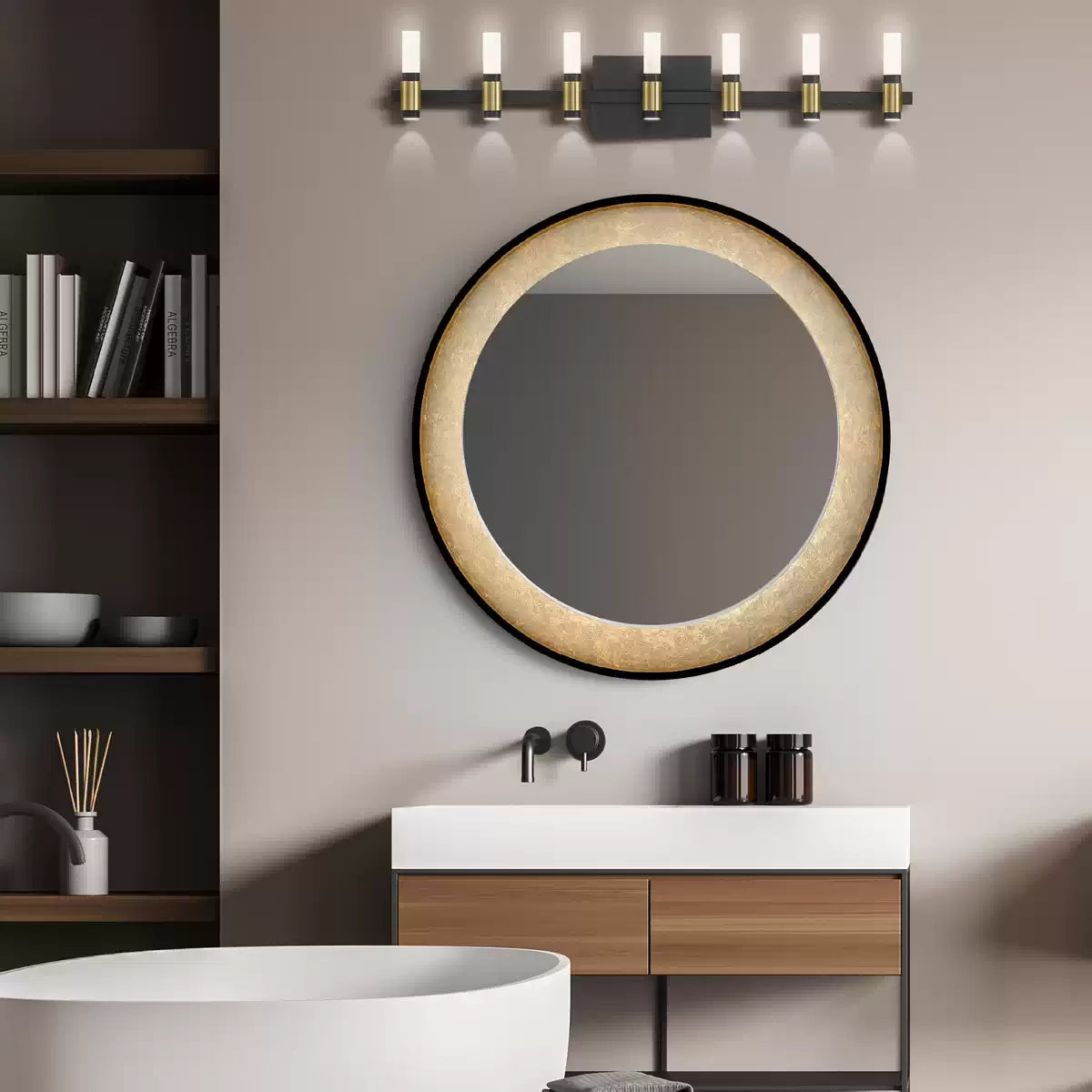
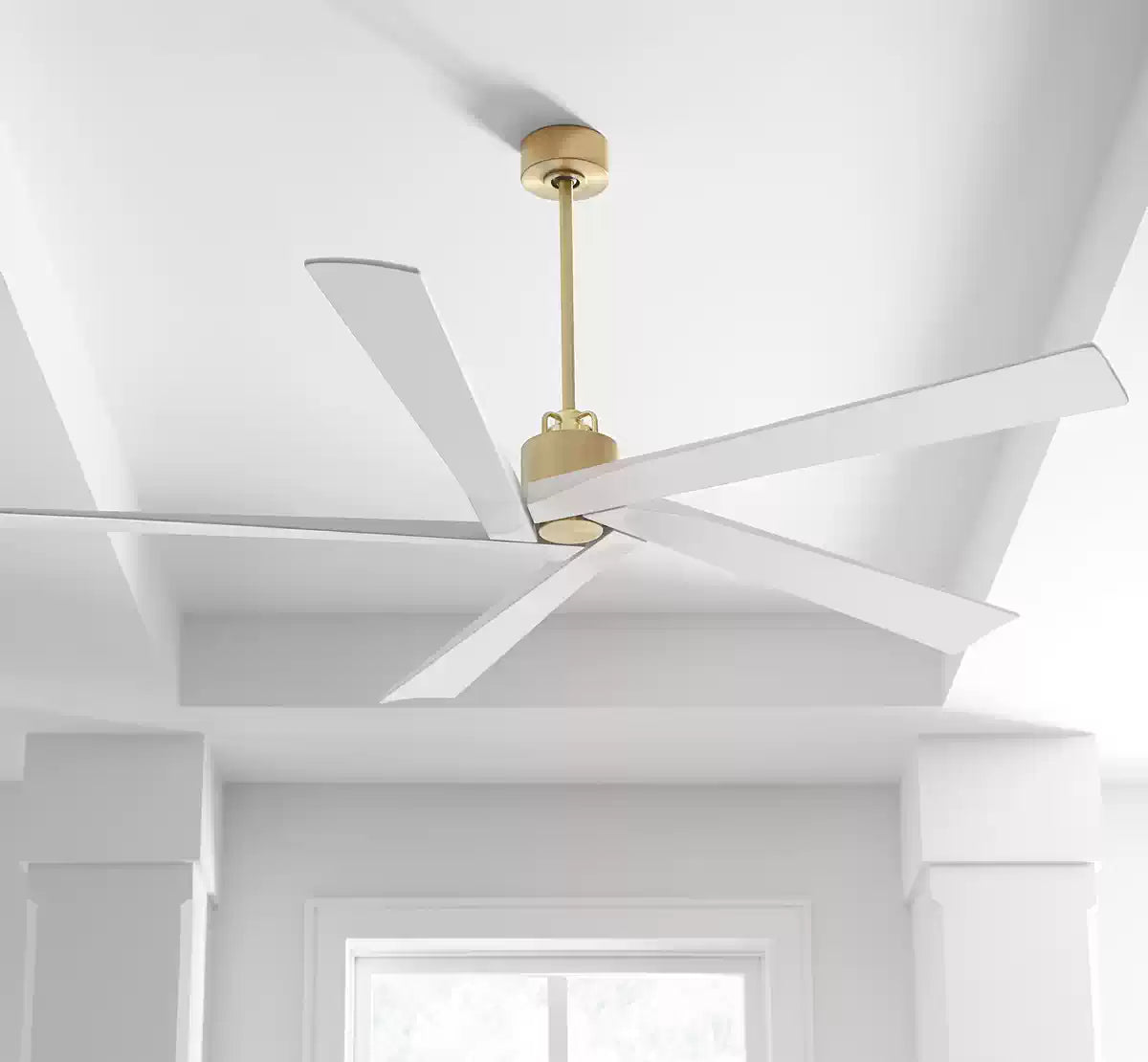
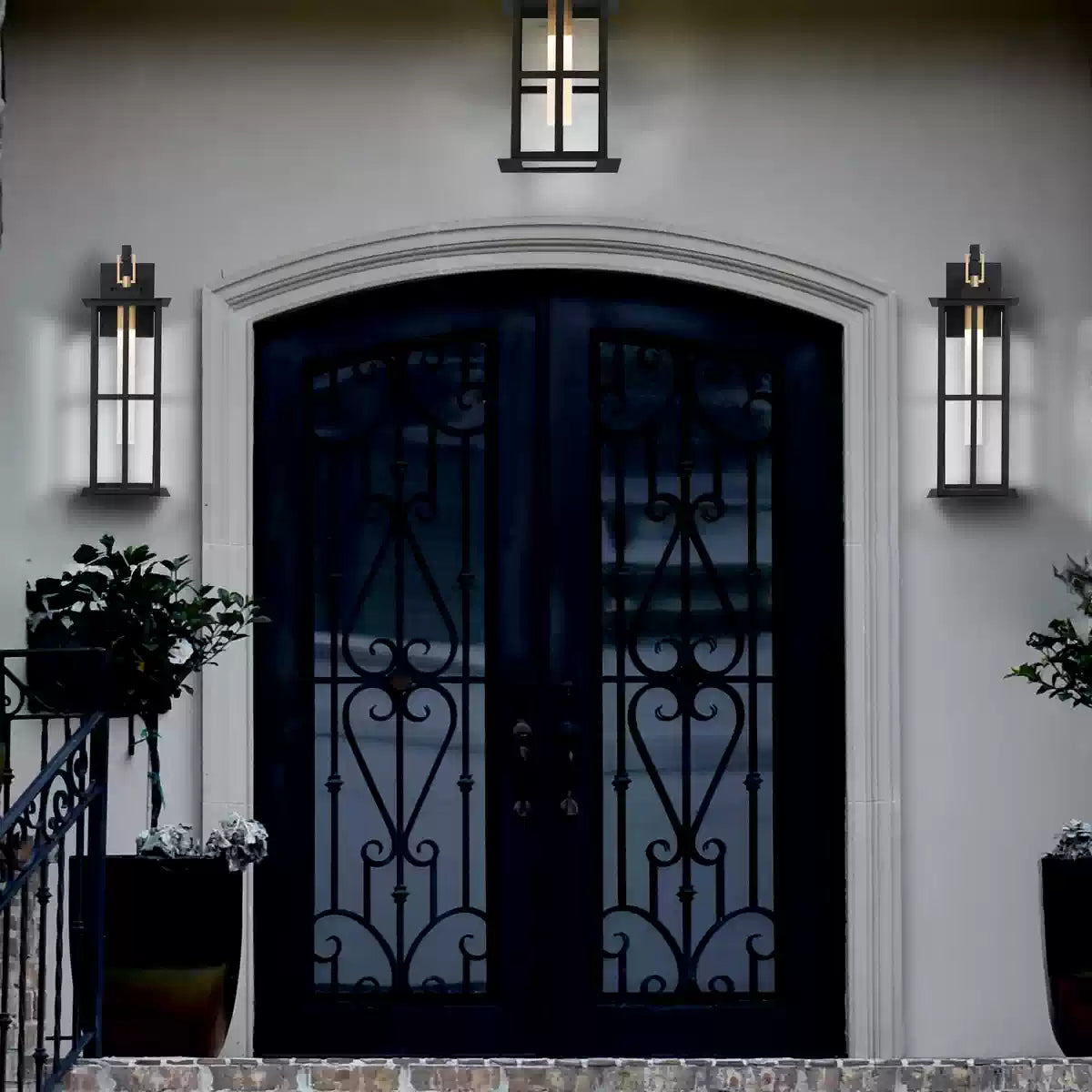

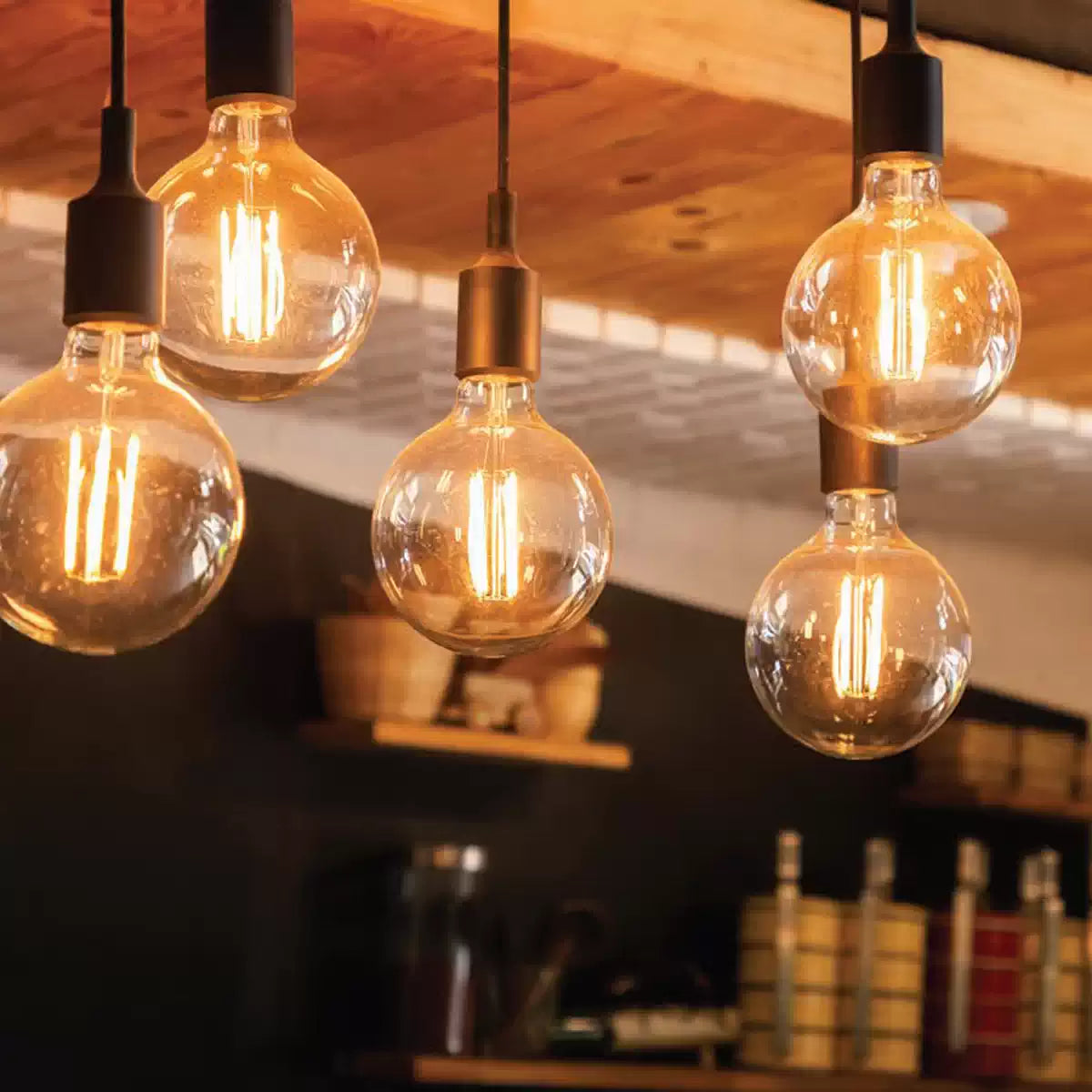


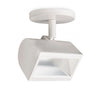





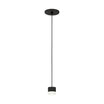
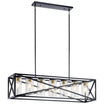
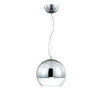





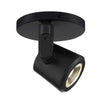

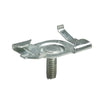

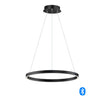
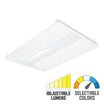
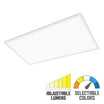
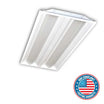
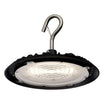
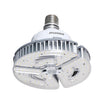



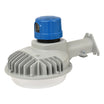
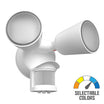


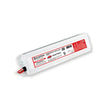
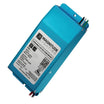
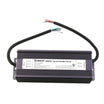





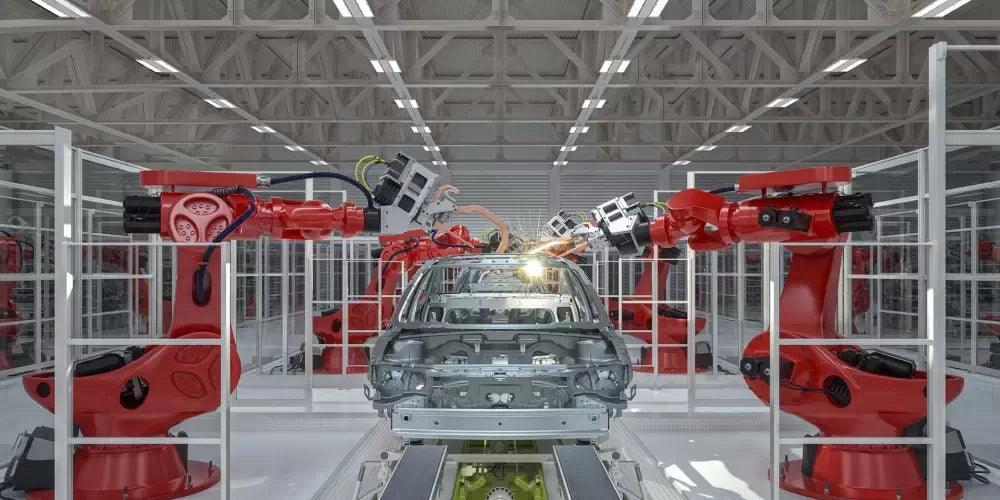
Leave a comment
All comments are moderated before being published.
This site is protected by hCaptcha and the hCaptcha Privacy Policy and Terms of Service apply.